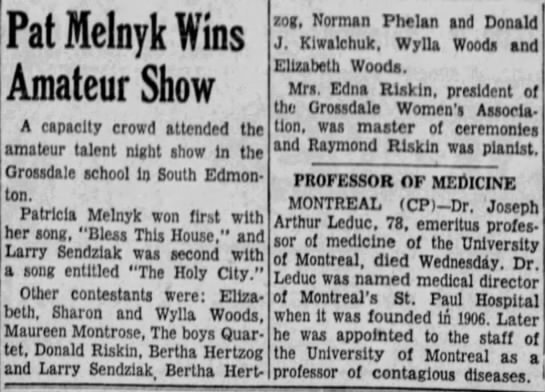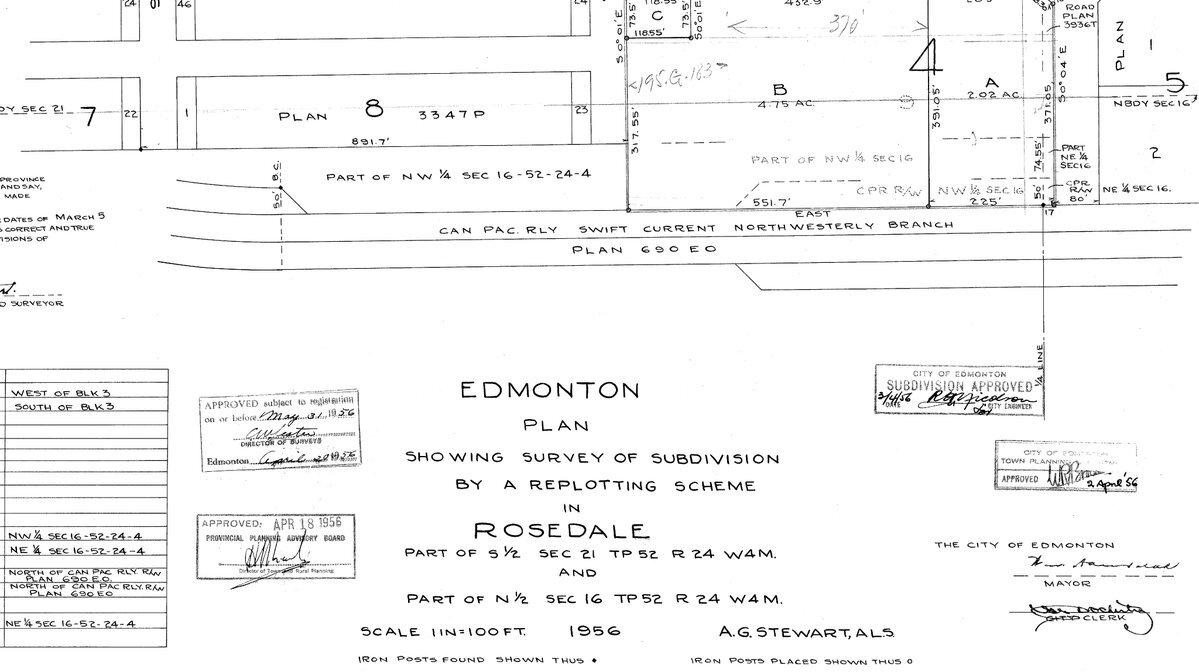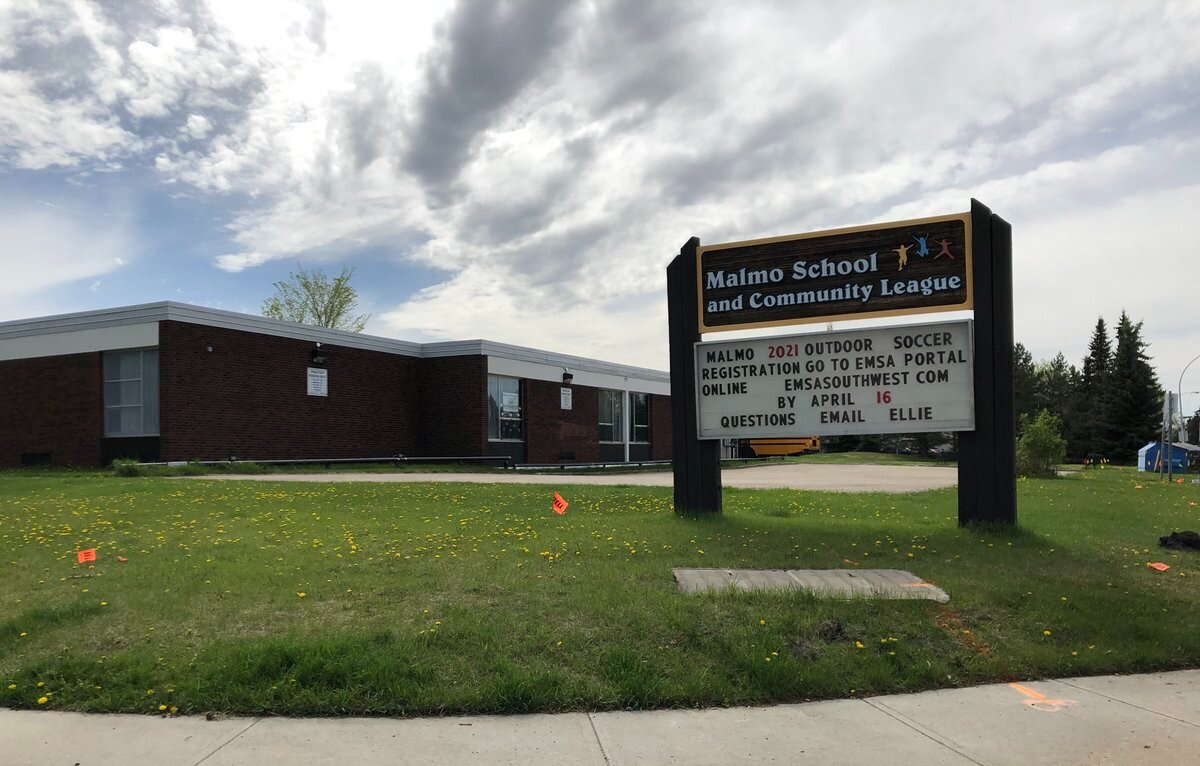Being of Swedish descent, I've always appreciated Malmo's Nordic name. Now that I know a little about soil science, though, I'm never going to forget the fascinating dirt behind the name.
Erik Backstrom
Urban planner, planning historian, family man and faithful Edmontonian
@e_backstrom on Twitter























